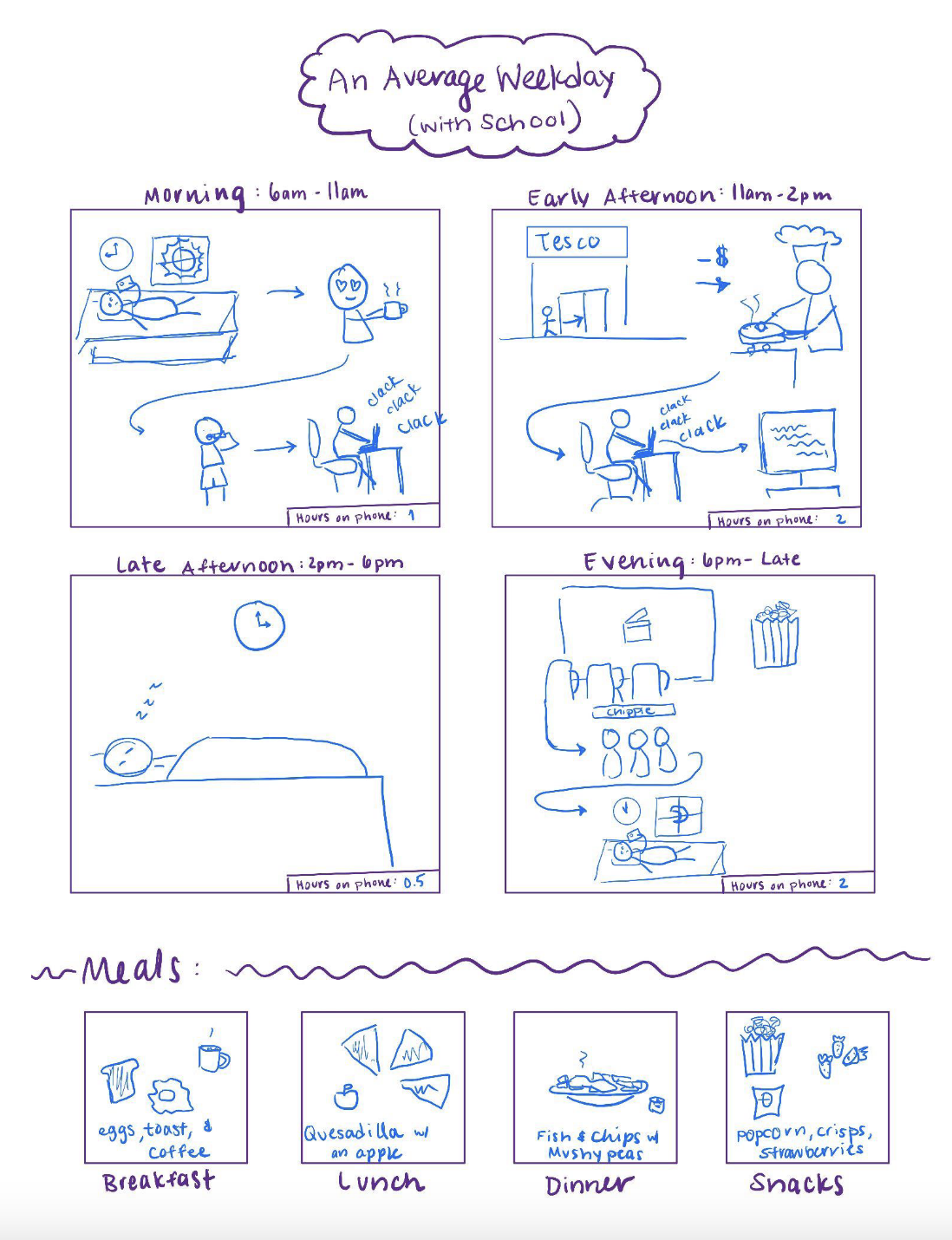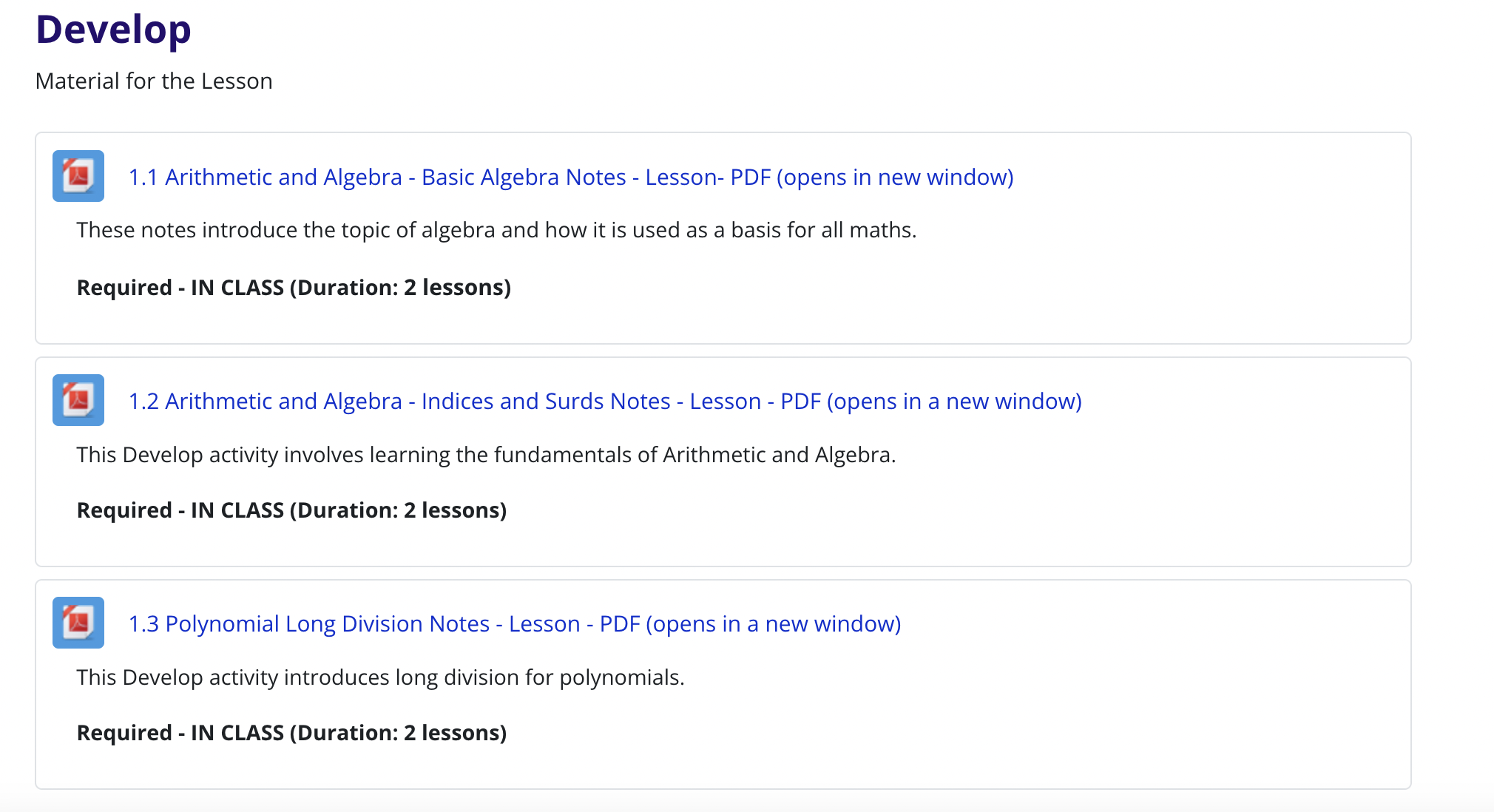Through rigorous research and thoughtful design, I craft interfaces people love to use. Below are some examples of my recent work.
UX Research & Design Portfolio Pieces
-

Solving Confusion Through Visual Design at Penguin Coding School
To address parent confusion on Penguin Coding School’s website, I designed a clear, age-based class graphic to improve class selection and increase sign-ups. Many parents had little coding experience and struggled to understand what each course offered and which one was right for their child. This led to drop-offs during the enrollment process. I set out to simplify this decision-making by conveying key information in one easy-to-understand visual. Using a sketching application to explore layout ideas and Canva to create the final design, I developed a graphic that makes navigating class options more intuitive.
-

From Sketches to Insights: The Power of User Studies
As part of my Master’s dissertation in Human-Computer Interaction, I conducted a series of user studies to inform the design of a health app for teenage girls. Using a User-Centered Design approach, I worked with a focus group across three phases: data gathering, user sketching, and prototyping. Participants contributed both verbal and visual feedback, including sketches that revealed their expectations and preferences. This input directly shaped the app’s features and interface, resulting in a prototype grounded in real user needs.
-

Analyzing and Enhancing Accessibility on a Course Information Page
During my time at Kaplan International College of London, I joined in a collaboration with multiple colleges to increase the accessibility and usability of a main course page. I conducted a thorough analysis of an existing course page to identify accessibility issues and inconsistencies impacting user experience. Based on these insights, I implemented targeted design changes that improved the page’s cohesion, readability, and navigation. The redesign significantly enhanced accessibility and received positive feedback from both students and staff, demonstrating the value of user-centered collaboration and iterative improvement.
